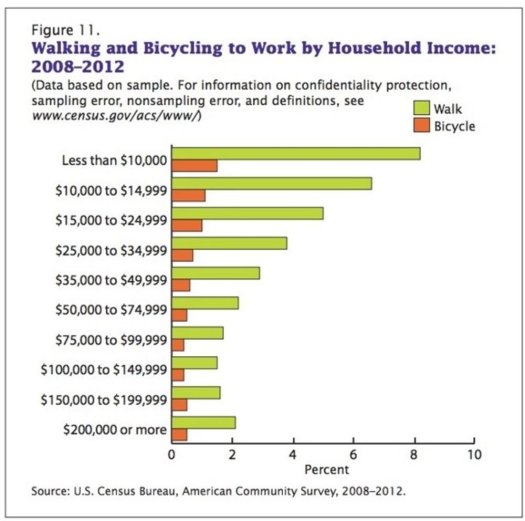E-Scooters And E-Bikes – The Future Of Mobility Or Safety Risks On Wheels?
Asbury Park Complete Streets Coalition stands behind efforts to reduce car dependency to promote human health, the health of our city, and the health of our planet. Most residents see the benefits of promoting micro mobility such as electric scooters, and of course they support bicycle riding to enable people to get around without cars for daily trips, and for visitors to enjoy and support businesses in our city. Sadly some others have reacted negatively on social media to the introduction of scooters in Asbury Park. They are apparently in the thrall of auto industry influence to keep our streets flooded with cars (whether they’re gas powered, electric, or autonomous). They seem to be unable to get past the (low) incidence of crashes, they focus on “scary” encounters with scooter (and bike) riders, they neglect to acknowledge 40K deaths by car each year, and have abject fear of anything new on our streets. For historical context, here’s a fun history of cars in the early 1900’s. *
*Note that the term “accident is used throughout the article. This journalist/historian seems to be unaware that use of “accident” was promoted by the auto industry to take the onus off drivers. “Accident” implies unavoidable. They are all crashes. #crashnotaccident.*
Read this excellent article in Forbes, and the study on e-scooters globally. This is only one of many dozens of articles in the past several years, and more during Covid, available to those who would like to learn about the future of mobility across the world. The current US administration supports building infrastructure in cities for people to get around without cars. We can build our city, Asbury Park to be resilient, healthy, and possibly car-free within the decade, but only if we have the will to do so.
For more for excellent, in-depth information, see this article from Forbes.
Excerpts:
The “Safe Micromobility” report found that motor vehicles are involved in 80% of fatal crashes with e-scooters and bicycles.
The report offers ten recommendations to help policy makers, city planners, administrators, operators and manufacturers ensure the protection and well-being of all. Read on…
Excerpts:
A new report published by the International Transport Forum (ITF), a Paris-based intergovernmental organization with 60 member countries within the Organization for Economic Cooperation and Development (OECD), examined how the rapid proliferation of micro-vehicles could be safely integrated into existing urban traffic patterns to help ensure that micro-vehicle riders and pedestrians would not become crash victims.
“Innovation in micromobility may bring new crash risks,” Alexandre Santacreu, a road safety policy analyst for the ITF and principal author of the report, said in a video statement. “But if we understand those risks, we can counter them.”
Here are some additional findings from the study:
- E-scooter riders do not face significantly higher risk of road traffic death or injury than cyclists.
- Traffic will be safer if e-scooter and bicycle trips replace travel by car or motorcycle.
- The fast-paced evolution of micro-vehicles challenges governments to put in safety regulations in place that take into account the future of all mobility.
“Street design must also serve the safety of those using micro-vehicles,” Santacreu added. Making it safe creates an opportunity for “shaping a sustainable urban mobility landscape.”
Read for more in-depth information in this article from Forbes.




















